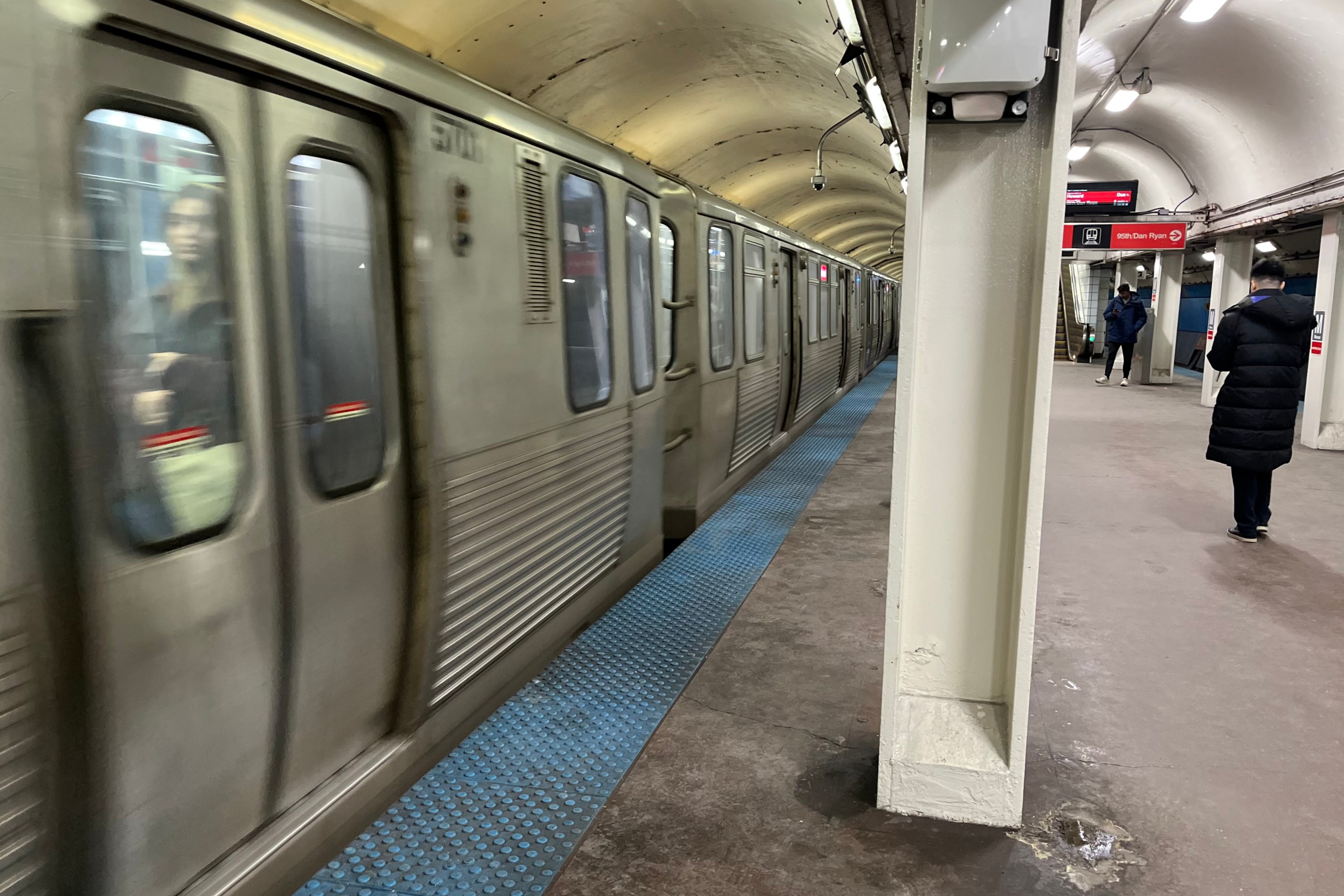Promoted
Richard Day: “It’s time to start enforcing the rules on the CTA”
You can’t maintain public services unless you maintain public order
For the umpteenth time, People for Bikes, Chicago is *not* one of the worst big cities for biking. But we’ve got lots of room for improvement.
Plus SBC readers share their thoughts about whether our city's rock-bottom rating is fair, and what Chicago should do to become more bikeable.
Mutual aid doc features biking and burrito distribution partnership
Film highlights how Cycling x Solidarity and Burrito Brigade fight hunger and build community.









